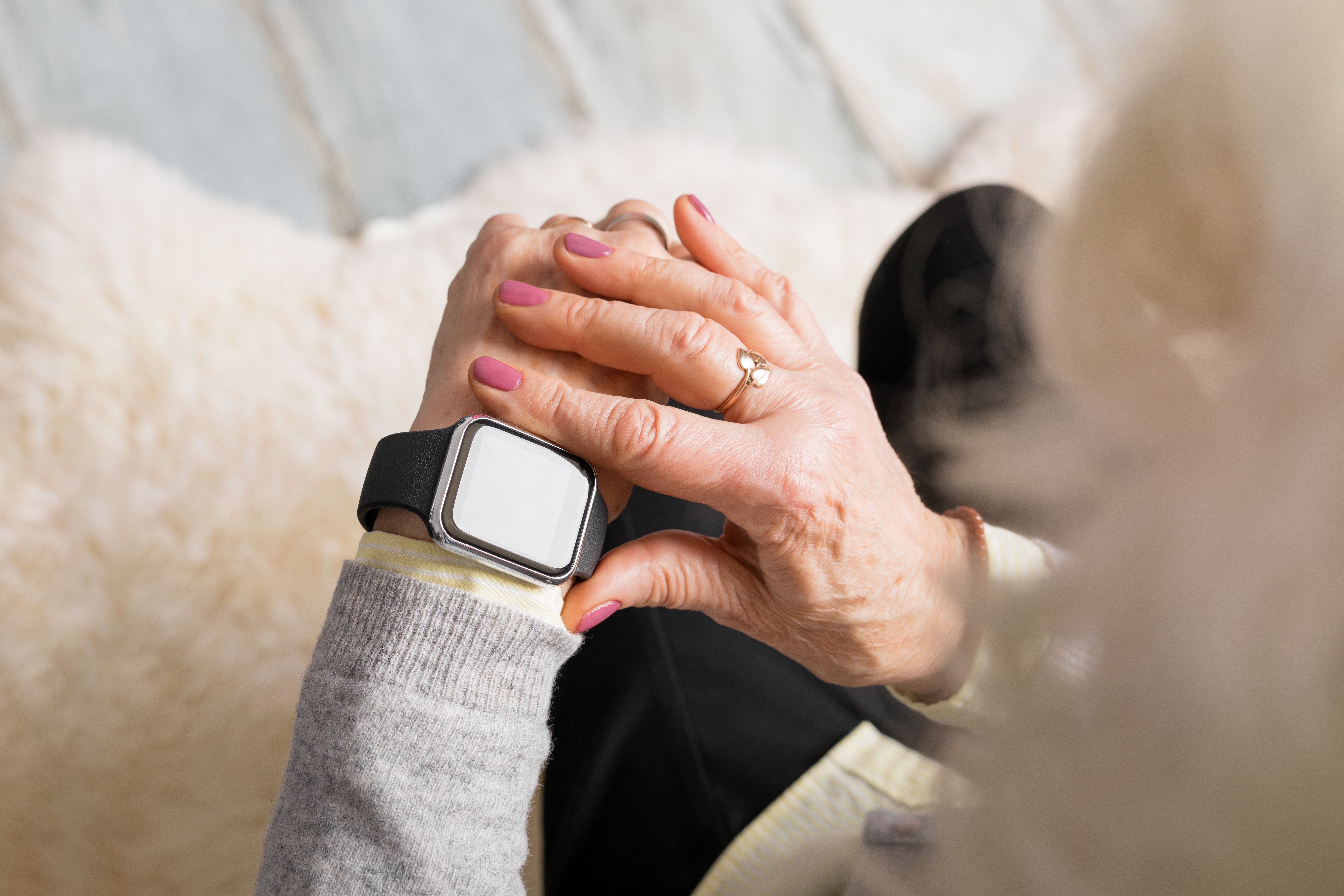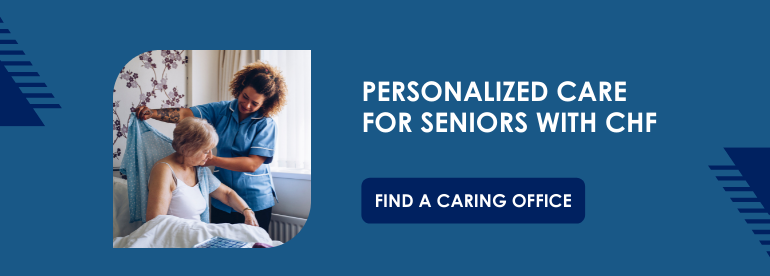CHF, or congestive heart failure, is a serious heart condition that can greatly limit a senior’s independence. It is a stage of heart failure in which there is fluid buildup throughout the body due to the heart’s inability to pump blood efficiently. As a result, the kidneys receive less blood and aren’t able to filter the blood properly, leading to excess blood in the blood and body. The condition can also lead to coughing, shortness of breath, fatigue, swelling, irregular heartbeat, and even chest pain.
However, CHF doesn’t mean that a senior’s heart is going to stop. It simply means that the heart does not pump effectively. As such, there are ways to manage this chronic condition to help empower seniors to continue their daily routines without worry. One great way that seniors can monitor their condition is through technology. In this post, we will list several heart health devices to help seniors monitor CHF.
1. PAP
A pulmonary artery (PA) pressure monitoring device is implanted in the pulmonary artery within the heart. This artery helps move blood from your heart to your lungs to receive oxygen. A PA monitoring device is about the size of a dime and measures PA pressure and heart rate. Seniors record their stats on a daily basis to monitor their heart. However, this can be as easy as staying in bed for an extra minute. Smart pillows can collect the data from a chip in the monitoring device. Then, it can send the information wirelessly to a doctor.
The first PA device approved by the FDA was the CardioMEMS Heart Failure System. It was designed to help seniors with heart failure avoid hospitalization by helping clinicians stabilize PA proactively.
2. LAP
A left atrial pressure (LAP) monitoring device are other monitors that can be implanted into the heart. These devices, however, specifically track heart health in the left ventricle. This area of the heart is responsible for most of the heart’s pumping power. LAP devices track the blood pressure inside the left ventricle and can also send wireless messages to healthcare professionals.Devices like these can be useful for seniors with heart failure because, high blood pressure can be very dangerous. A LAP device can help doctors recognize red flags and signs of high blood pressure and adjust medications accordingly.
3. Smartwatches
Seniors don’t necessarily need a heart implant to measure the health of their heart. There are many smartwatches and other wearable devices that can measure heart rate, blood pressure, the heart’s electrical activity, weight, and other vital signs. These devices are great because they are easily portable, non-invasive, and can be worn 24/7. The data recorded by these devices can often sync with an app, giving seniors and healthcare providers valuable insight into heart performance.
Seniors and their family members can check their stats on a regular basis, so they aren’t surprised about their heart health when they go to the doctor. These devices can also help seniors track their overall health progress. As they improve their overall wellbeing, they can also benefit their heart.
4. Pacemaker
Pacemakers are small devices that are implanted into the heart. It features a small generator and a set of wires. The generator creates electricity that runs through the wires. The electricity creates pulses that stimulate the heart and help control how quickly the heart beats. Usually, the heart produces these impulses by itself. However, heart failure can limit the heart’s ability to function properly. This device helps maintain a regular heartbeat. There are temporary pacemakers that are external and do not require surgery.
A pacemaker can help seniors with CHF who experience an irregular heartbeat. As a result, a pacemaker can give a senior more energy and reduce their shortness of breath.
5. Defibrillator
You may have seen a defibrillator on a TV show or perhaps in real life. It usually refers to the machines that doctors use to restart the heart. However, these machines can actually be small, implantable devices. An implantable cardioverter defibrillator (ICD) is placed under the skin and keeps track of the heart rate. There are wires that connect to the heart. If the device detects an abnormal heart beat, then the ICD will send an electrical pulse to restore a normal beat. While a pacemaker adjusts how fast the heart beats, a defibrillator helps reset the rhythm.
An ICD is a great device to help give seniors and their family members peace of mind. They can have the assurance that their device will reset the rhythm of the heart wherever they go, instead of having to worry about how far away EMTs or a doctor is.
Other Ways to Monitor Symptoms
While these devices are great tools for seniors and their doctors, they aren’t perfect. This technology can’t necessarily tell if a senior is coughing more than normal or if they experience chest pain — which are both symptoms of CHF. Seniors themselves might not even notice some symptoms of heart failure or may not detect the progression of the condition. In these cases, a caregiver can help.
Caregivers spend more time with a client than a client’s doctor spends with them. Therefore, a caregiver can be the eyes and ears for healthcare professionals as they monitor symptoms and evaluate how a senior is doing on a regular basis.
At Caring Senior Service, we have also created a specialized care program for seniors that are suffering from CHF. Our program consists of caregiver training to help our team understand CHF and its symptoms. We also provide specific direction on how to address CHF symptoms. If you or a loved one suffers from CHF, learn more about our CHF Specialty Program.


